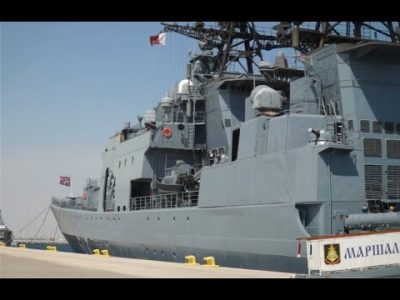Last Updated on 05/24/2020 by OTC

The Royal Navy’s (RN) Yeovilton-based Wildcat Maritime Force, which includes 815 Naval Air Squadron, has tested new Martlet missiles off the coast of Wales, the RN announced on 24th May.
In 0.3 seconds, the missile detached from the Wildcat HMA Mk2 helicopter, accelerating to one and a half times the speed of sound.
The trials mark an important milestone in the testing of the new system which will arm the Wildcat helicopters that deploy as part of HMS Queen Elizabeth’s maiden operational deployment next year.
The Wildcat Maritime Force Commander said: “This test firing shows the Wildcat helicopter will be ready to help defend our Queen Elizabeth-class carriers and their strike groups for years to come. The Royal Navy and Army introduced Wildcat helicopters into service five years ago and the firing of the Martlet this week is a very significant milestone and represents a huge success for the joint industry and MoD team.”
“This firing underpins future Royal Navy offensive capability and the defence of the surface fleet.” he added.
Royal Navy claims that its helicopter crews have proved their ability to protect the UK’s aircraft carriers with the trials of Martlet.

Martlet Missile:
The Lightweight Multirole Missile (LMM) which is known as Martlet in British service, is a lightweight air-to-surface and surface-to-surface missile under development by Thales Air Defence for the United Kingdom. The Ministry of Defence (MOD) placed an initial order for 1,000 missiles and deliveries due to start in 2013. The in-service date is expected in 2020 with full operating capability anticipated in 2024.
LMM will be carried on the new Lynx Wildcat helicopters of the Royal Navy for use against small surface vessels.
Specifications:
- Mass: 13 kg (28.6 lb)
- Length: 1.3 m (4 ft 3 inches)
- Diameter: 76 mm (3 inches)
- Warhead : 3 kg (6.6 lb)
- Detonation mechanism: Laser proximity sensor
- Propellant: 2-stage solid propellant
- Operational range: 8 km (5 miles)
- Maximum speed: Mach 1.5
- Guidance system: Multi-mode guidance (Laser beam riding and/or semi-active laser guidance & terminal infrared homing)















Comments